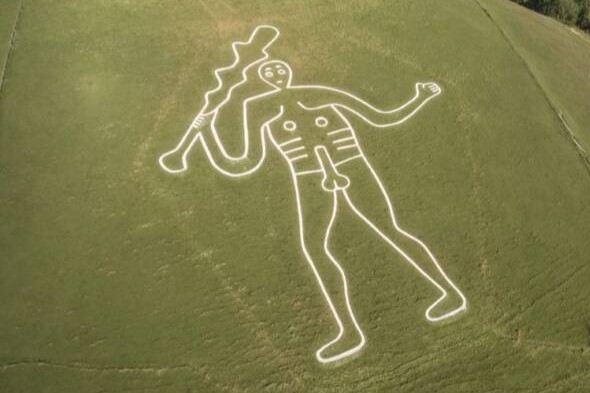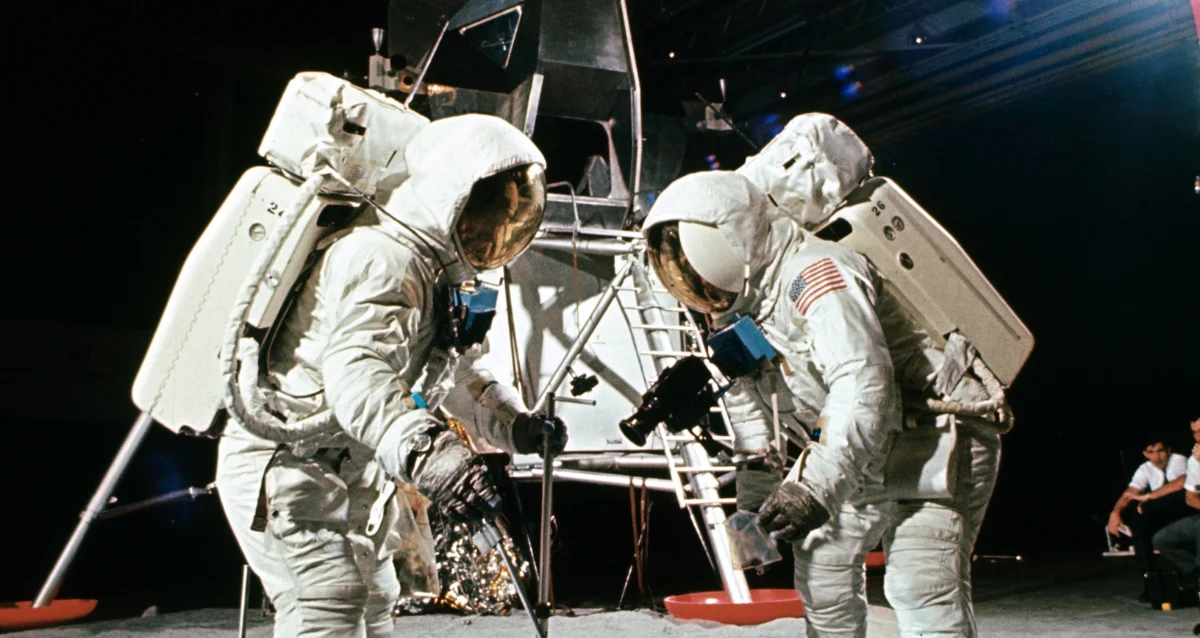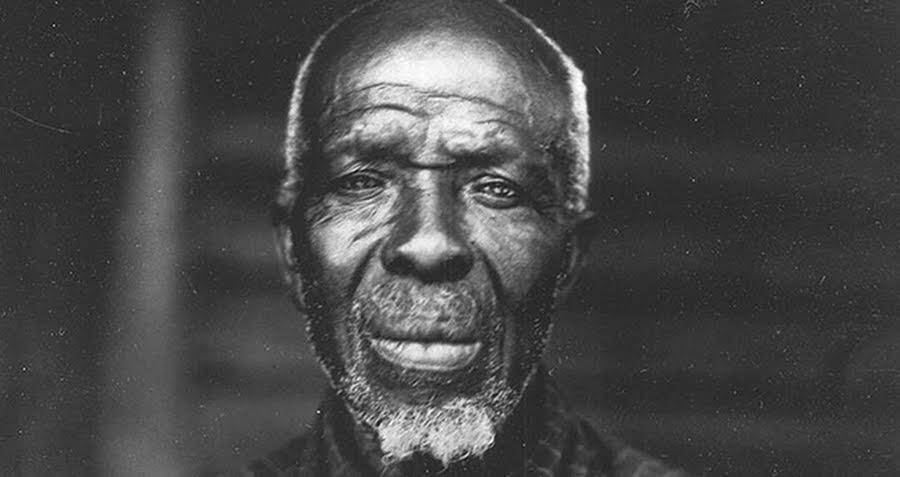Perched on a hill in the Black Hills of South Dakota, the Crazy Horse Memorial, reaching almost 600 feet in height, has been in the works since 1948.
The Crazy Horse monument in Custer City, South Dakota's Black Hills, is truly something to see. Even though they started building it back in 1948, this tribute to the Lakota chief on the cliffs is still a work in progress. The whole backstory of how it's coming together is pretty fascinating, especially considering the impressive guy it's meant to pay homage to.
Once finished, the sculpture will show the Native American warrior on his horse, pointing down to the sacred land of his Oglala sub-tribe. Right now, only his head is done. Standing at 87 feet, it's 27 feet taller than the heads of the U.S. Presidents at Mount Rushmore.

The intentional size of the sculpture says a lot. Crazy Horse led his tribe with honor in important battles throughout the 1800s, standing up against the harsh actions of the U.S. government until the very end. He was fatally bayoneted for resisting imprisonment, and in his memory, the Lakota are determined to immortalize him in stone.
The Life Of Crazy Horse
Crazy Horse started his life as a warrior at a young age.
Tasunke Witco, born in 1840 near Rapid Creek, about 40 miles from the sculpture site, grew up under the guidance of a medicine man. He was a member of the Oglala Lakota from the beginning. Back then, traditional Indigenous life in America was facing challenges, and conflicts between tribes were adding to the struggles of Native Americans.

When Crazy Horse was a kid, he went through the Lakota tradition called Hanbleceya, where he spent four days in the hills, crying for a vision without eating or drinking to connect with the spirits. Later, as a teenager, he'd head into battle with a lightning bolt painted on his face and a feather in his hair.
One of Crazy Horse's significant moments was leading the Lakota in the 1876 Battle of Little Bighorn, facing off against Commander George Armstrong Custer's Seventh U.S. Cavalry. The infamous "Custer's Last Stand" ended with all 280 U.S. soldiers and nine officers losing their lives. Crazy Horse's dedication to his people and his skill in battle prompted the U.S. Military to intensify its aggression against the Indigenous.
The government started sending out more scouts in the Northern Plains to gather any Native Americans who resisted. Those who were relocated often faced starvation or harsh weather conditions. Eventually, compelled to make a deal, Crazy Horse went to Fort Robinson in 1877 under a truce.

People who were present said that Crazy Horse's translator got his words wrong, causing the peace talks to fall apart right in front of him. As a result, the commanding officers decided to put him in prison.
Clinging to his defiance until the end, the Lakota chief pulled out his knife, and a guard with a bayonet fatally wounded him — though there's still some debate about the exact details. This happened on September 5, 1877.
The Origins Of The Crazy Horse Memorial
Crazy Horse thought getting his picture taken would take away his soul and cut short his life, but Lakota chief Henry Standing Bear believed it was crucial to honor Crazy Horse with a monument.
Consider this: the U.S. Presidents got their tribute at Mount Rushmore just 17 miles away — a pretty stark inequality.
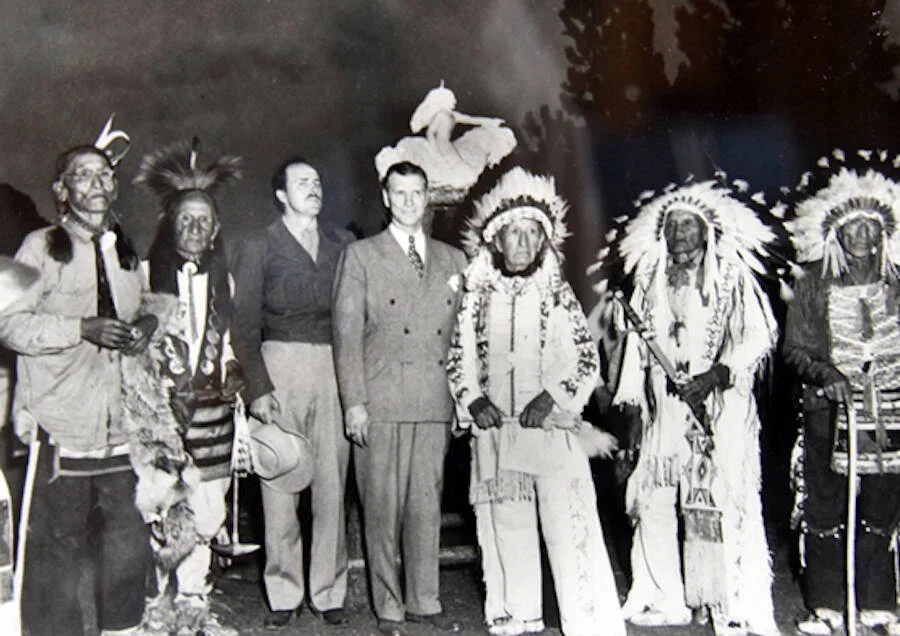
"My fellow chiefs and I would like the white man to know that the red man has great heroes, too," Henry Standing Bear penned a letter to Polish-American architect Korczak Ziolkowski in 1939.
Who Paid For The Crazy Horse Memorial?
The Lakota chief swapped his 900 acres of land for the barren mountain through the Department of Interior. What's more, he consistently turned down federal funding, showing a strong dislike for government interference. Construction eventually kicked off in 1948 — the irony being that Ziolkowski had also worked on Mount Rushmore.
As of now, the project is a private effort. Monique, Ziolkowski's daughter, heads the Crazy Horse Memorial Foundation and is committed to finishing the towering monument no matter what.
At the moment, the funding comes solely from private donations and ticket sales to the thousands of tourists who come by each year.
When Will The Crazy Horse Monument Be Finished?
Ziolkowski worked solo, climbing Thunderhead Mountain using a 741-step wooden staircase and without electricity. His plan was to carve Crazy Horse on his horse, pointing to the land where many of his men had died. Ziolkowski thought it would take him 30 years, but sadly, he never completed it.
After the architect passed away in 1982, his wife, Ruth, stepped in and made some small changes to the plan. She decided to carve the face first instead of the horse, thinking it would attract paying tourists to support the ongoing work. With assistance from her seven children, they finished the face in 1998.
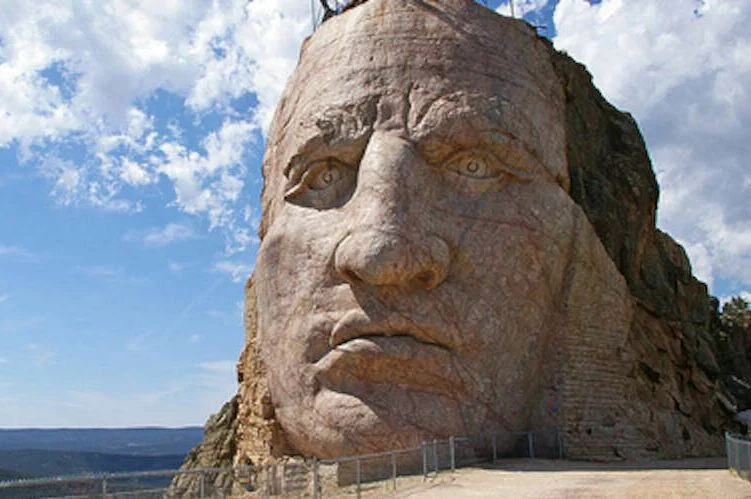
Henry Standing Bear would probably be happy to know that his hero's face is 27 feet higher than those of Mount Rushmore's presidents. However, the monument is still unfinished and doesn't actually replicate any known images of Crazy Horse; it's more of an artistic portrayal of the man.
If completed, it'll be the second-largest monument globally, coming in just after the Statue of Unity in India. But when will the Crazy Horse Memorial be finished? At this point, it's tough to predict.

